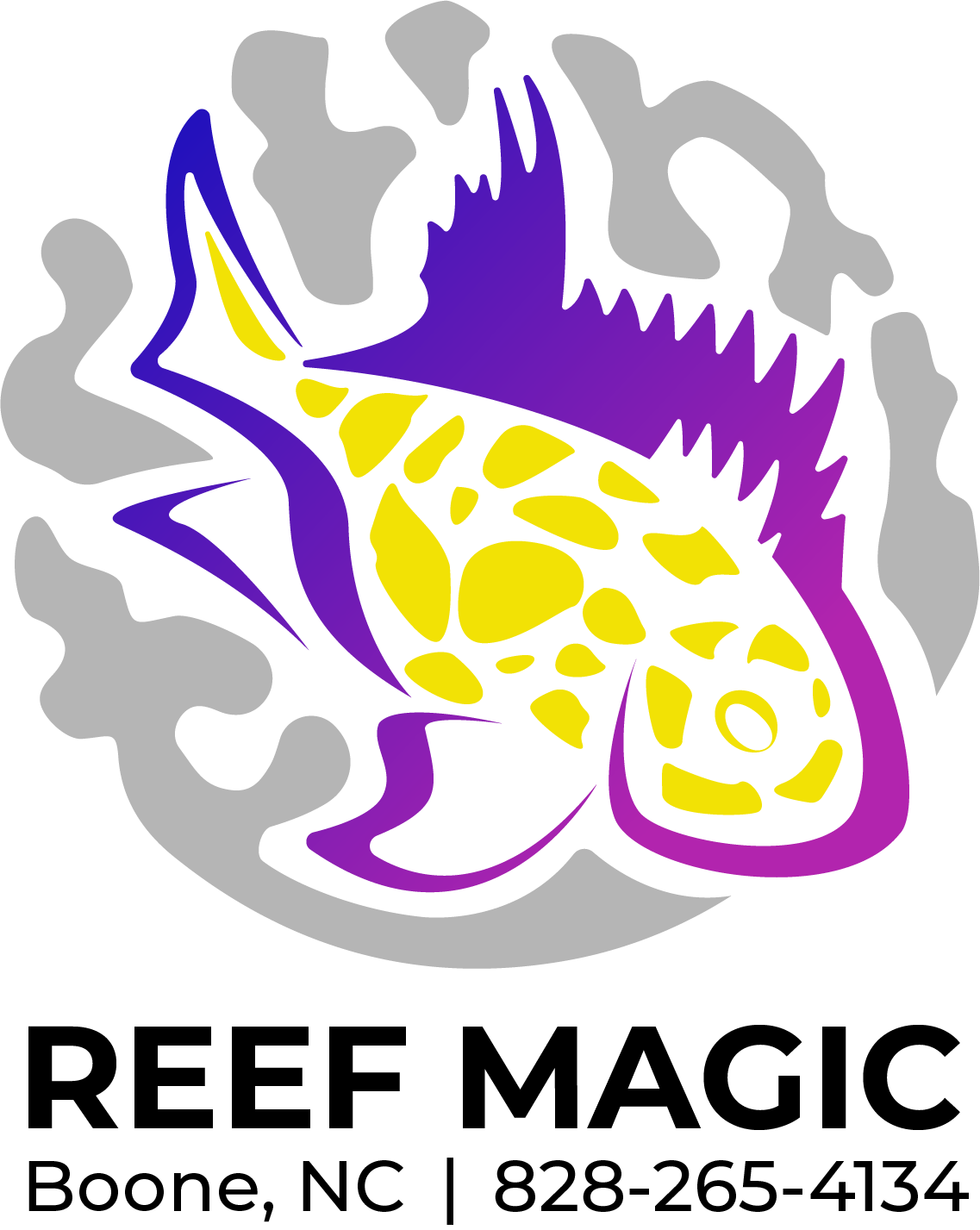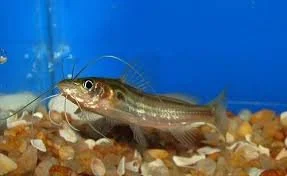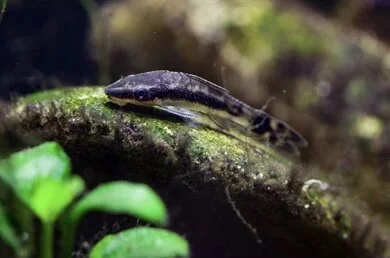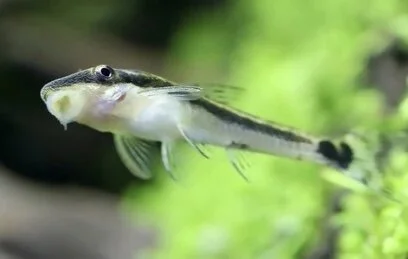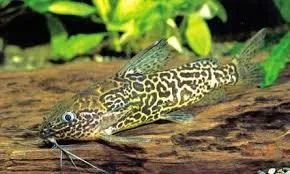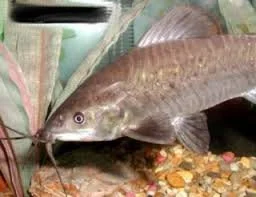 Image 1 of 1
Image 1 of 1


Catfish- Hoplo
Hoplo catfish are armored, peaceful fish known for their two rows of bony plates, long chin barbels, and spotted or marbled patterns. They are active, social bottom-dwellers native to South America that are also capable of breathing atmospheric air, making them hardy aquarium inhabitants. While generally peaceful, they are opportunistic feeders and will eat anything small enough to fit in their mouths.
Appearance
Body: Elongated and slightly compressed, covered in two rows of interlocking bony plates for protection.
Color: Varies by species but often brown to black, sometimes with a spotted or marbled pattern that helps with camouflage.
Barbels: Two pairs of long barbels on the chin are used to sense food on the substrate.
Fins: Typically have brown or dark gray fins.
Behavior
Social: They are social and do best in groups of at least three to five, but can be kept singly or in pairs.
Active: They are diurnal (daytime active) and can be seen actively searching for food throughout the tank, not just on the bottom.
Diet: Omnivorous scavengers that will eat a variety of foods, including sinking pellets, flakes, and frozen or live foods. They will prey on small fish, shrimp, and fry if they fit in their mouths.
Air-breathing: They are able to breathe atmospheric air, which allows them to survive in low-oxygen conditions.
Habitat and care
Tank: They prefer a tank with a soft sand substrate to protect their sensitive barbels.
Temperature: They thrive in warm water, ideally between 70−85°F(21−29°C).
Tankmates: They are compatible with most peaceful community fish, including tetras, rainbowfish, and cichlids, but avoid keeping them with very small fish that could be eaten.
Hoplo catfish are armored, peaceful fish known for their two rows of bony plates, long chin barbels, and spotted or marbled patterns. They are active, social bottom-dwellers native to South America that are also capable of breathing atmospheric air, making them hardy aquarium inhabitants. While generally peaceful, they are opportunistic feeders and will eat anything small enough to fit in their mouths.
Appearance
Body: Elongated and slightly compressed, covered in two rows of interlocking bony plates for protection.
Color: Varies by species but often brown to black, sometimes with a spotted or marbled pattern that helps with camouflage.
Barbels: Two pairs of long barbels on the chin are used to sense food on the substrate.
Fins: Typically have brown or dark gray fins.
Behavior
Social: They are social and do best in groups of at least three to five, but can be kept singly or in pairs.
Active: They are diurnal (daytime active) and can be seen actively searching for food throughout the tank, not just on the bottom.
Diet: Omnivorous scavengers that will eat a variety of foods, including sinking pellets, flakes, and frozen or live foods. They will prey on small fish, shrimp, and fry if they fit in their mouths.
Air-breathing: They are able to breathe atmospheric air, which allows them to survive in low-oxygen conditions.
Habitat and care
Tank: They prefer a tank with a soft sand substrate to protect their sensitive barbels.
Temperature: They thrive in warm water, ideally between 70−85°F(21−29°C).
Tankmates: They are compatible with most peaceful community fish, including tetras, rainbowfish, and cichlids, but avoid keeping them with very small fish that could be eaten.

